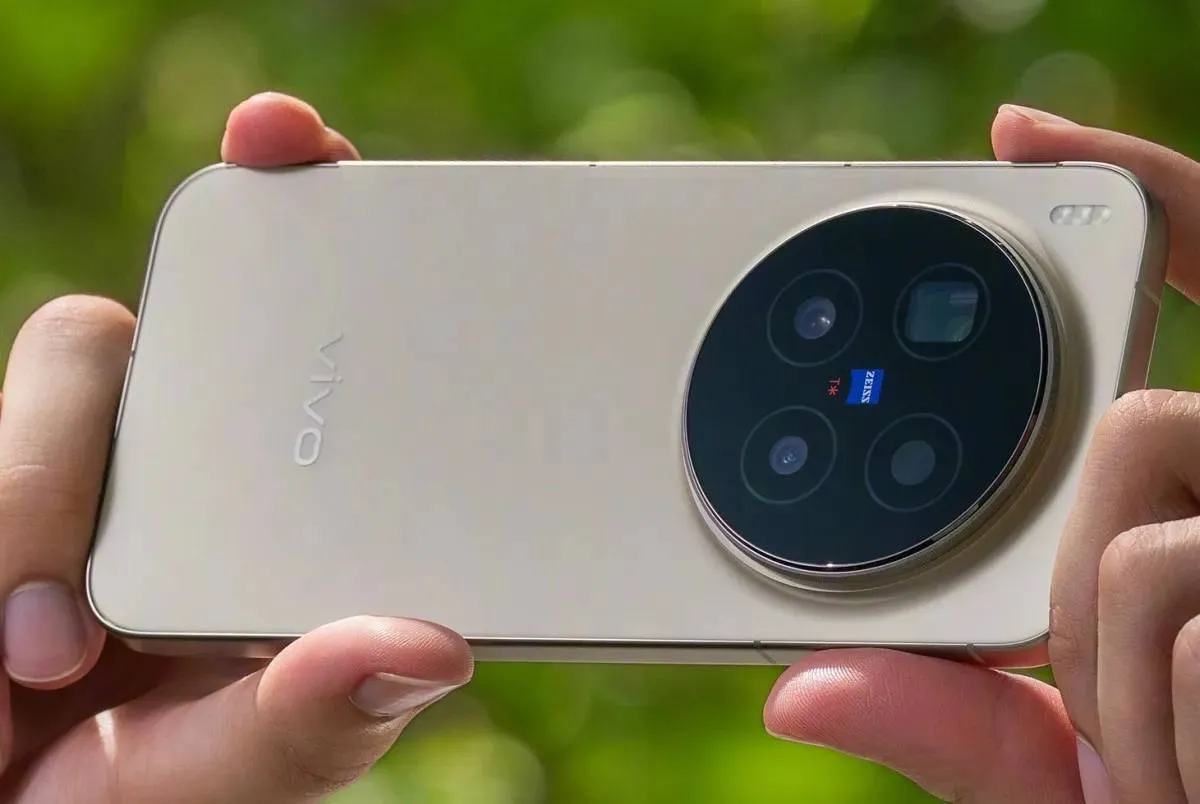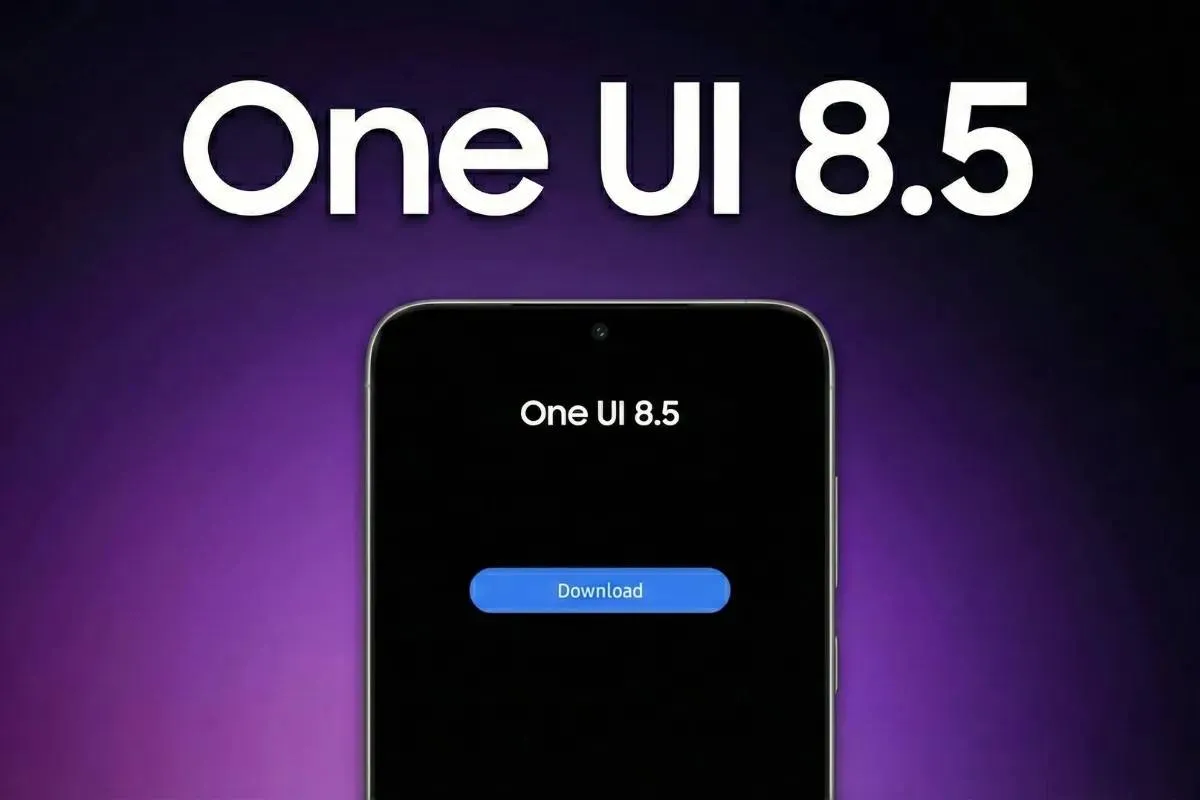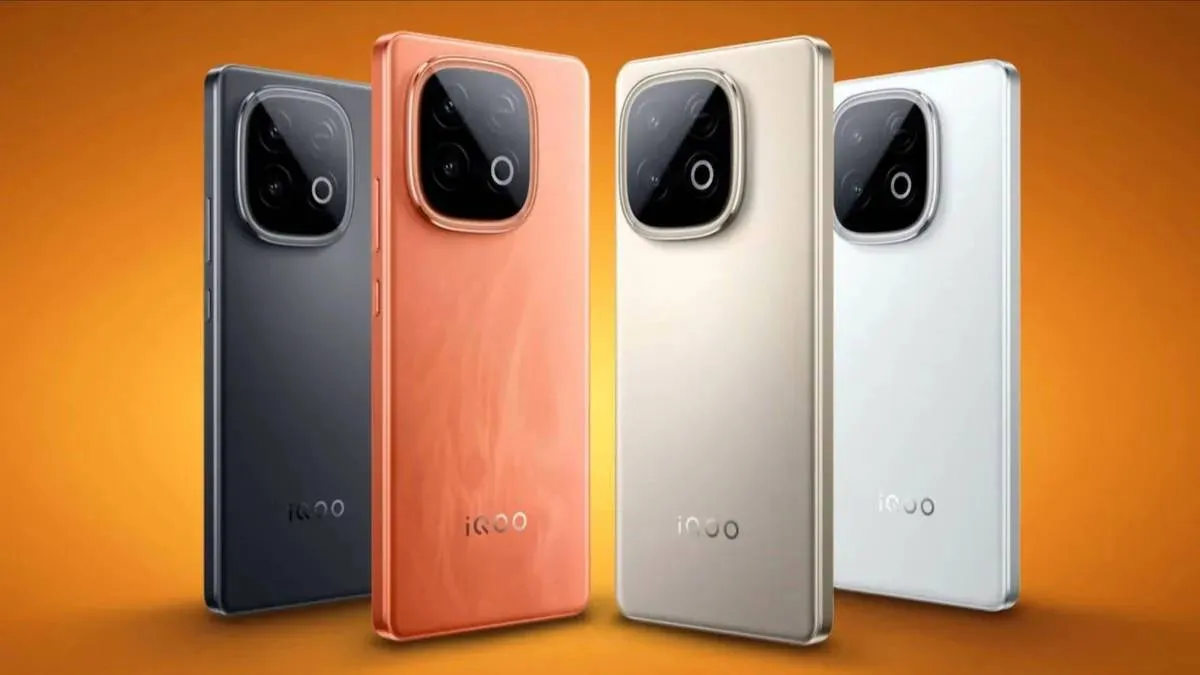ZTE 5G Smartphone With Self-developed 7nm Chip Coming In Second Half of 2019
ZTEFriday, 02 August 2019 at 05:52
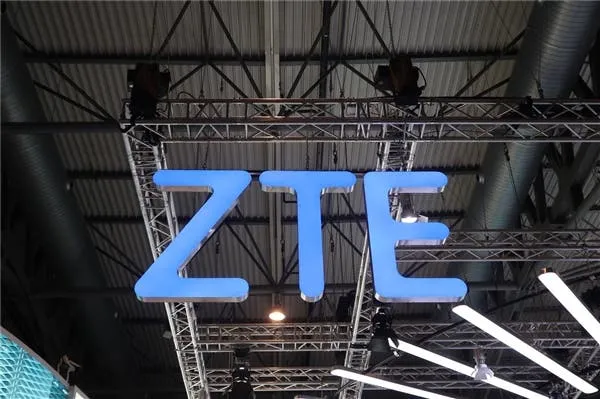
Before Huawei released the Mate 20 X 5G smartphone at a price of 6,199 yuan ($893), ZTE was the first to list the Axon 10 Pro 5G handset. The price was only 4,999 yuan ($720), which is the cheapest 5G smartphone that is officially available for purchase.
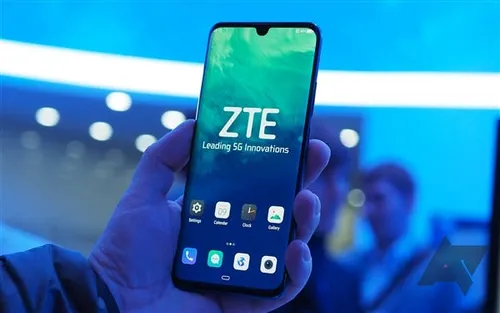
However, there are real differences between these phones. Huawei uses its own 7nm Baron 5000 5G baseband, while ZTE uses Qualcomm's X50 baseband with a 10 nm process. Thus, the former supports dual-network connectivity. And Huawei supports an independent NSA networking as well. Honestly, the Huawei phone’s features yield that of the ZTE model.
Fully relying on Qualcomm's 5G baseband, this problem is not limited to ZTE. In fact, this is also a problem for other manufacturers. The core technology in the 5G era is increasingly dependent on other vendors and will be in a disadvantageous position in the market competition.
For ZTE, they actually have their own chip research and development options. Especially after being sanctioned by the US last year, ZTE has also increased its support for self-developed chips. Xu Zong, CEO of ZTE Corporation, said in an interview that their own 7nm process chip has been designed and mass-produced. Moreover, 5G chips based on the 5nm process node are currently being developed.
Recently, one of ZTE executives once again mentioned ZTE has been working on its own 5G chip. He said that ZTE's 5G chip has been developed for three generations. The 5G chip based on 7nm technology will be available in the second half of this year. But he didn’t disclose any specific time or details.
In addition, Wang Xiang also talked about the problem of expensive 5G smartphones. There are a few reasons for this. First, the number of antennas is 50% more. Second, the chips have not yet been mass-produced. All of these factors affect the 5G phones’ pricing.
However, Wang Xiang predicts that the price of 5G smartphones will be similar to that of 4G phones in the second half of next year.
Popular News
Latest News
Loading
